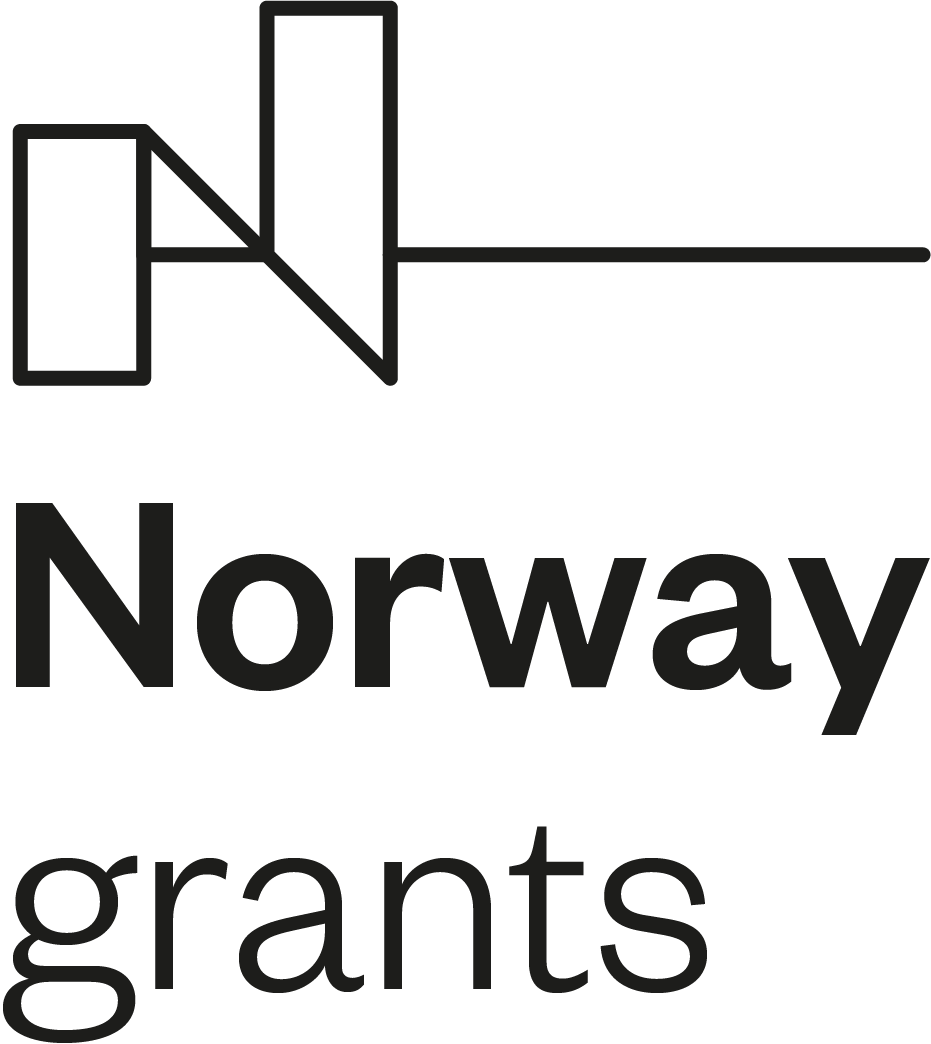Part 4 Dehumanization & infrahumanization in Turkey
20.05.2016
Dr Joanna Bocheńska
Dehumanization & Infrahumanization in Turkey
Dehumanization&infrahumanization in Turkey: an overview of the existing research on the field regarding the relationship between the Turks and the Kurds In my last presentation I will refer to the research done in Turkey on dehumanization/infrahumanization, especially to the unpublished MA written by Ahmet Demirdağ entitled "Barış sürecinin desteklemesinde insanlıktan uzaklaştırmanın etkisi" (The influence of the infrahumanization on the level of support of the peace process, 2014, Ankara University ) which seems to be the only study on the infrahumanization done in Turkey with regards to the relationship between the Kurds and Turks.
As showed by Demirdağ in the 2-stage study on the level of support for the peace process, both the Turks and the Kurds tend to infrahumanize the members of the outgroup that is to deny them the so called secondary emotions (these kinds of emotions are associated with culture and socialization rather and are not seen as the inborn features of a human). In his first study Demirdağ analysed the level of attribution of secondary emotions and the level of support for the peace process when the call for peace was delivered by the member of the ingroup and the member of the outgroup. In both cases people tended to ascribe more secondary emotions to the member of the ingroup and less secondary emotions to the member of the outgroup, so they infrahumanize each other. However, only in the case of the Turks it seemed to have an impact on the support for the peace process, which means they supported more the call for peace delivered by a Turk. In case of the Kurds the peace process was supported in the same way when the call was delivered by a Turk and a Kurd. It means that although the Kurds infrahumanized the Turks they supported their call for peace. In the second study Demirdağ analysed the level of infrahumanization and of support for the peace process in case when primary and secondary emotions were directly expressed in the call for peace. The results showed that the
direct expression of secondary emotions fosters infrahumanization of the outgroup and diminishes the support for the outgroup’s member call for peace.
Thus, it seems obvious that the Turks perceived the peace process as more risky while the Kurds – in any case - saw it as a chance. Therefore it is important to consider any possible way to convince the Turks that the peace process can be valuable for them as well. Any preasure (of US or EU) is a short term policy because it will always be perceived by the Turks as a “colonial” intervention in their domestic affairs. Thus, it seems better to focuse more on other kinds of policy which may help to develop and stenghten the inter-group contacts resulting in humanizing both sides of the conflict. It is important to work on changing the image of the Kurds the Turks have and on making them more willing for any concessions.
In this case the role of cultural narratives becomes irrepleacable because they provide us with an inside to the inner lives of others (their thoughts, emotions and moral choices). Instead of the direct expression of secondary emotions which is perceived as pushy and not trustworthy by the outgroup, cultural narratives such as literature and film act indirectly by stiring the imagination and prooving the secondary emotions to be present among the members of the outgroup. In other words they humanize others. However, to see it we need a special kinds of narratives and research on them. The first should be keen to exemplify the uniquely human features, the latter should be willing to expose and discuss them.




